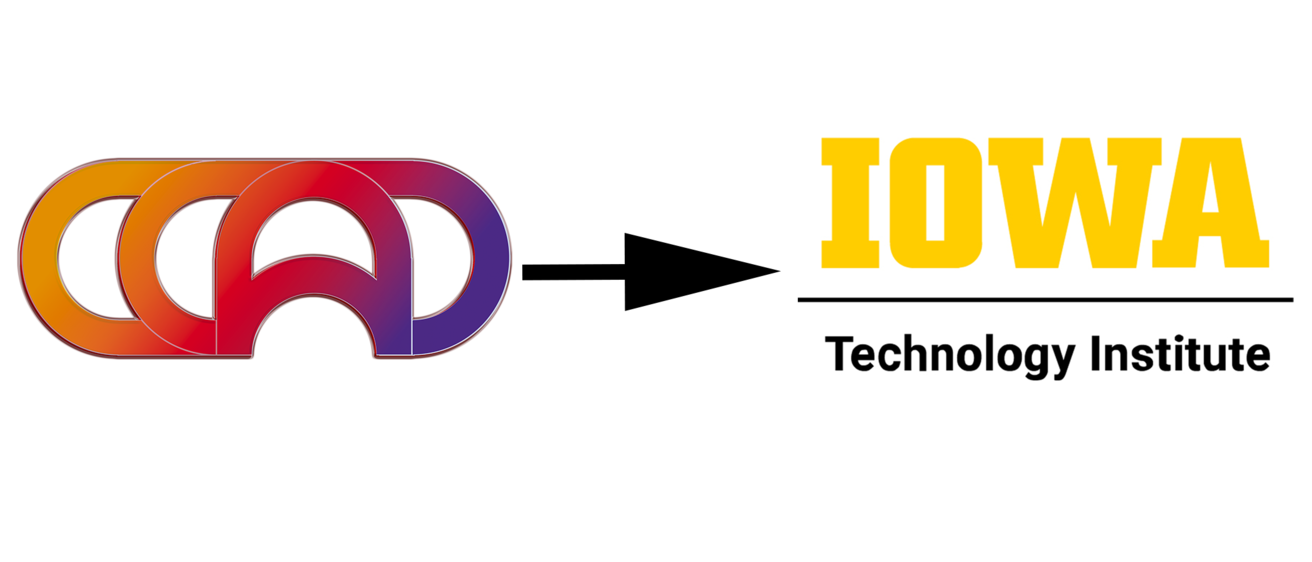1980s
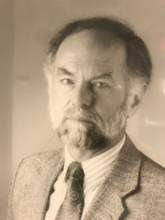
1981: Edward J. Haug, a professor of mechanical engineering, founds CCAD.
1982: Haug is director of CCAD. K.K. Choi and George Lance, both professors of mechanical engineering, serve as associate directors.
1983: Iowa Board of Regents approves CCAD as an Organized Research Unit in the College of Engineering (COE).
1983: COE remodels 3,000 square feet in the Engineering Building basement for CCAD labs and offices.
1983: CCAD has its first successful acquisition of major computational array using a federal grant and matching funds.
1983: Haug founds Computer Aided Design Systems, Inc. (CADSI) for commercialization of Dynamic Analysis Design Software (DADS), which enables industry and government to enhance vehicular dynamic condition. The formation of the company, which was also the first spinoff company from the UI Research Park, spurs important conversations about tech transfer from academia to the private sector.
1987: The State of Iowa provides a $1 million grant for acquisition and creation of CCAD graphics facility.
1990s
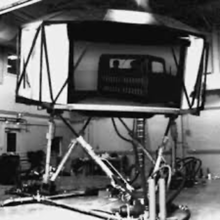
1990: CCAD organizes into two divisions: Driving Simulation and Computer-Aided Engineering Tools.
1990: COE invests $1.2 million to expand the Engineering Research Facility to house the Iowa Driving Simulator.
1991: CCAD expands its footprint to the Iowa Advanced Technologies Laboratories building.
1992: The National Highway Traffic Safety Administration selects UI after a design competition among major transportation research universities to house the new National Advanced Driving Simulator (NADS), intended to be the most sophisticated research driving simulator in the world. A key factor in the selection was the investment and effort the UI had put into vehicle simulation and driving simulators.
1994: Karim Abdel-Malek joins the CCAD Robotics Lab and the COE as a professor of biomedical engineering.
1996: The U.S. Department of Transportation awards a $34 million construction contract to TRW to build the NADS. UI contributes $11.58 million in cost-share, including $5.7 million for the building at Oakdale Research Park to house the simulator. This was about one-third of the expected cost at the time.
1996: CCAD and NADS split into two entities, with Prof. Haug leading NADS and Prof. Choi leading CCAD.
1998: Tom Schnell, a professor of industrial engineering, joins CCAD. Schnell establishes the Operator Performance Laboratory.
1990s: Ford Motor Co. successfully applies CCAD-developed Noise, Vibration, and Harshness (NVH) Design Optimization Code analysis methods and tools to improve passenger ride quality while simultaneously achieving vehicle weight reduction at a substantial cost savings.
2000s
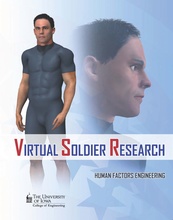
2001: The NADS becomes available for research. NHTSA owns the simulator while the UI owns the simulator building and land. The total cost is $80 million.
2003: The Virtual Soldier Research (VSR) program is established.
2004: CCAD focus areas are reorganized as Durability and Reliability, Human Factors in Transportation, and Digital Human Modeling and Simulation.
2004: Santos, the digital human modeling environment, is unveiled at the Society of Automotive Engineers (SAE) Digital Human Modeling Conference.
2005: CCAD and VSR host the SAE Digital Human Modeling Conference in Iowa City.

2005: Abdel-Malek appointed head of CCAD.
2006: NADS is transferred from the Office of the Vice President for Research back to CCAD.
2006: OPL showcases the Synthetic Flight Bag (SFB) at a demonstration in Oshkosh, Wis. This leads to a successful tech transfer of the SFB to Dynon Avionics, which developed the technology commercially into SkyView. Over 10,000 units have been sold.
2010s
2010: VSR awarded $8.6 million from the U.S. Office of Naval Research for the GruntSim Project.
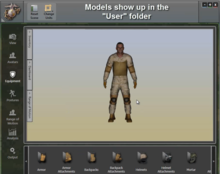
2013: NADS is awarded a grant that would grow to $11.2 million over eight years from the U.S. DOT to fund SAFER-SIM: Safety Research Using Simulation. University of Iowa is the lead institution with four other University Transportation Centers, meant to enhance collaboration and education.
2016: Jun Wang, a professor of chemical and biochemical engineering, joins the COE and ITI. He establishes the Lab for Aerosol, Radiation, Remote-sensing, and Observation-based Modeling of Atmosphere, or ARROMA Lab, which is now called the Atmospheric and Environmental Research Lab.
2018: Over a 10-year period, from 2009 to 2018, CCAD secures almost $90 million in external research funding through more than 600 grants.
2019: The Iowa Board of Regents officially approves the name change from CCAD to University of Iowa Technology Institute.

2019: ITI opens an office in Orlando, Fla., to expand modeling and simulation research opportunities around an industry hub.
2019: U.S. DOT awards NADS a $7 million grant for the Automated Driving Systems for Rural America project to study automated vehicles on rural roads and how the technology can help solve mobility challenges in rural settings.
2020s
2020: ITI continues adding faculty, bringing the number of faculty affiliates to 39 faculty and 36 research labs.

2020: ITI reorganizes its research focuses into seven mission areas: Aerospace Technology, Environment and Energy, Biotechnology, Systems and Sensors, Human Modeling and Simulation, Advanced Manufacturing and Materials, and Vehicle Safety and Automated Driving.
2020: ITI hosts the first annual Iowa Virtual Human Summit with presenters from the U.S. Army, Department of Homeland Security, academia, and private industry. The focus is on leveraging digital twins to design better fitting body armor and personal protective equipment for females in the line of duty.
2020: Malum Terminus, an artificial intelligence engine designed to predict risk of injury, is successfully spun off as Malum Terminus Technologies. The first commercial product, Intellisee, enters beta release of a program to monitor live surveillance feeds for drawn weapons, slip-and-fall hazards, trespassers, and other factors.
2022: ITI hosts the 7th International Digital Human Modeling Symposium (DHM 2022) and Iowa Virtual Human Summit.
